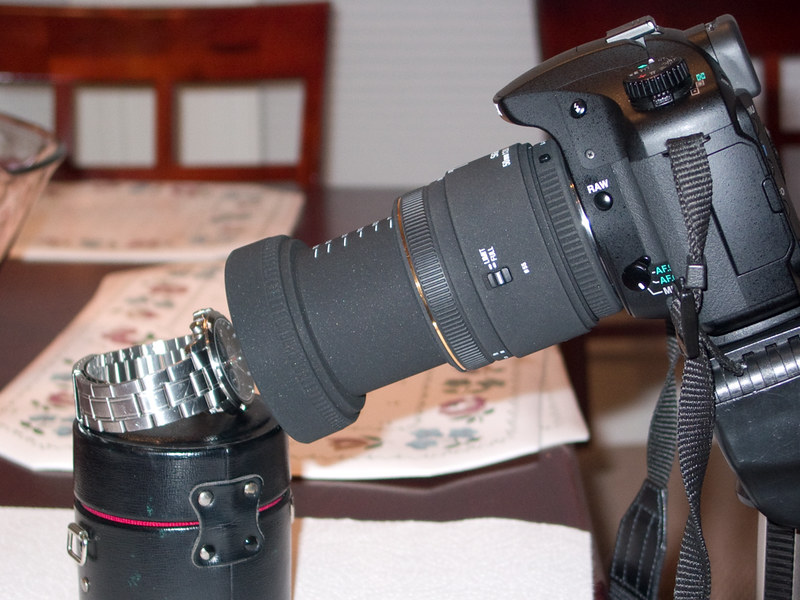A 50mm lens at f8 will give better depth of field than a 100mm at that same f stop but you'll also have a smaller image. If you enlarge that image to the same size as would have been produced by the 100mm lens, it will exhibit the same depth of field, but you'll be at a disadvantage because of the enlarging and the fewer pixels involved in the cropped/enlarged image. The 100mm also has the advantage you mentioned - you get more subject to lens distance (and a somewhat different subject perspective that's not so much like using a wide angle lens up close to a subject). Keep in mind that the f-stop you are using may be higher than the labeled f-stop since the focal length of the lens is extended at macro distances so f16 can become f32 at 1:1.
The only other approach to getting better DOF (other than using smaller f-stops which has its own disadvantages in terms of IQ) is to do focus slicing where the lens is refocused a number of times at different "slices" and then those can be recombined using software but that approach is not feasible for subjects that move since the exposures are taken over time.
Flash (probably using a ring light) can allow higher f-stops and better DOF and you have to weigh the tradeoff between the reduced IQ with the improvement in DOF.
Last edited by Bob 256; 11-16-2020 at 12:12 PM.


 Similar Threads
Similar Threads 






















